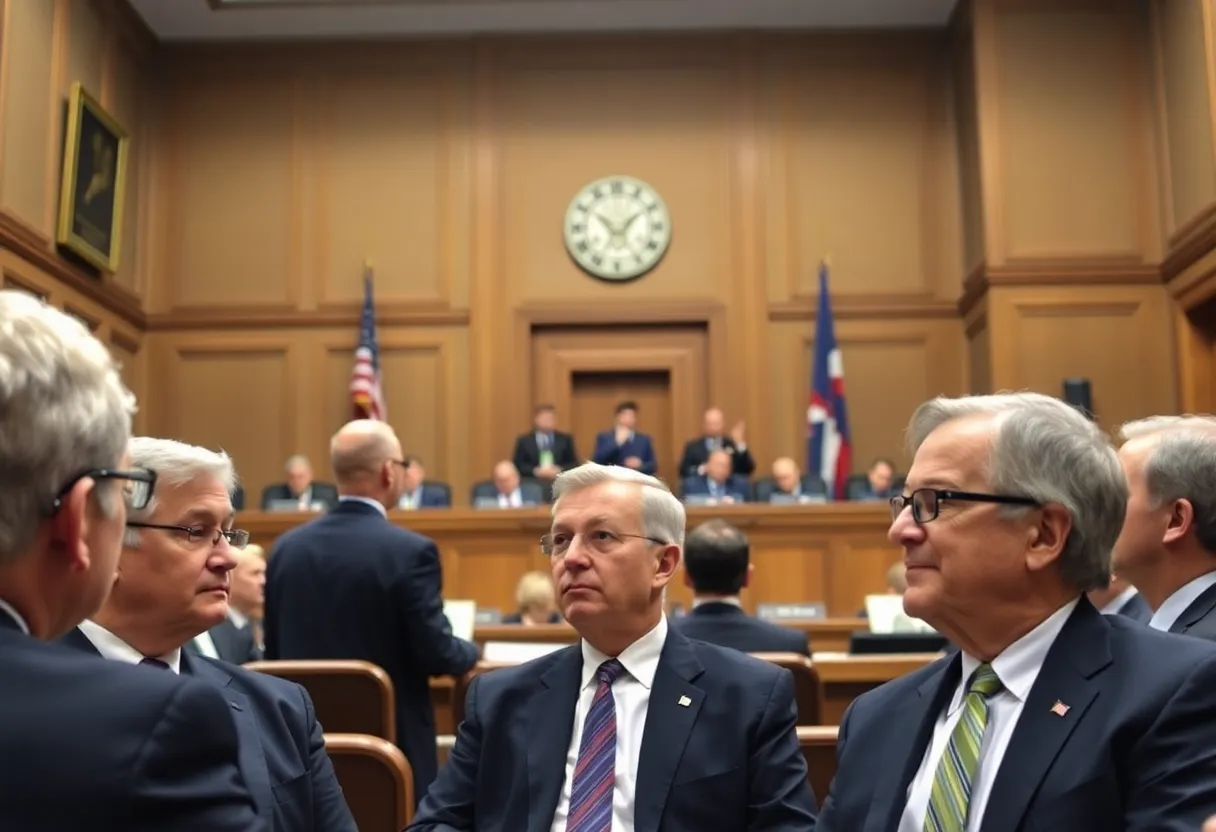News Summary
A recent ruling by the U.S. Court of Appeals for the Federal Circuit has transformed the landscape for patent holders, confirming that substantial investments in domestic marketing and distribution can qualify under the domestic industry requirement. This decision opens new avenues for both U.S. companies and foreign entities seeking to protect their intellectual property. With the ITC instructed to adopt a broader approach, the ruling could increase the number of eligible complainants in patent disputes, marking a significant shift in patent law interpretation.
Federal Circuit Decision Gives Hope for Patent Holders
On March 5, 2025, a pivotal decision by the U.S. Court of Appeals for the Federal Circuit has sent ripples through the intellectual property community. The ruling in the case of Lashify, Inc. v. International Trade Commission marks a turning point in how patent holders, especially those operating in a global market, can protect their innovations in the United States.
What is the Domestic Industry Requirement?
Before diving into the implications of this ruling, let’s break down what’s at stake. Under Section 337 of the Tariff Act, the International Trade Commission (ITC) can take action against unfair practices in import trade. To successfully bring a case, the complainant must demonstrate not only that their patent has been infringed but also that there is a viable domestic industry in place. Traditionally, this has meant that a company needs to show significant manufacturing activity within the U.S.
The ITC’s Previous Stance
Initially, the ITC denied Lashify’s claims about patent infringement related to their popular eyelash extension products. The ITC argued that Lashify failed to meet the economic prong of the domestic industry requirement since it did not include certain operational expenses. More specifically, costs for warehousing, quality control, and distribution were initially dismissed as insufficient. They felt that these activities didn’t count enough toward establishing a domestic industry.
A Game-Changing Ruling
However, the Federal Circuit decided to vacate this denial, stating that it was too narrow in its understanding of what qualifies as a domestic industry. The Court emphasized that there shouldn’t be restrictions on the types of investments considered, stating that sales and marketing efforts could indeed be enough to satisfy the legal requirements, even if they’re not directly tied to manufacturing.
Broader Horizons for Patent Holders
This decision is particularly important for companies like Lashify that produce their goods overseas but invest significantly in U.S.-based operations like marketing and distribution. The ruling opens the door for foreign companies as well, indicating that substantial investments in domestic marketing and distribution can help in filing complaints with the ITC.
Moreover, this aligns with recent case law, such as the ruling in Wuhan Healthgen Biotechnology Corp. v. ITC, where even smaller market segments were recognized in satisfying domestic industry requirements. The Federal Circuit has instructed the ITC to take a more holistic look at the investments and expenses regarding the economic prong going forward. This could allow a broader range of complainants to qualify under patent dispute criteria.
Potential for Increased Filings
With the implications of this decision brewing, it’s exciting to think about how it might lead to an increase in filings from non-practicing entities and other businesses that focus on protecting intellectual property without the requirement of strict manufacturing in the U.S. This change could potentially expand the ITC’s reach for holders of various forms of intellectual property, not just patents.
Looking Ahead
Legal experts and corporations are keeping a keen eye on how this decision will shape future corporate intellectual property strategies and ITC investigations. As it stands, the ruling signifies a substantial shift in the way the ITC interprets the economic prong, which could dramatically increase the number of qualified complainants in patent disputes.
This recent ruling is not simply a win for Lashify; it can fundamentally reshape the competitive landscape for many businesses aiming to protect their innovations and investments in the rapidly evolving market. As companies adapt to these new guidelines, the future of patent law in the U.S. looks to have exciting prospects on the horizon.
Deeper Dive: News & Info About This Topic
HERE Resources
Additional Resources
- V&E Insights
- Wikipedia: Domestic Industry Requirements
- IAM Media
- Google Search: Domestic Industry Requirement ITC
- National Law Review
- Google Scholar: Domestic Industry ITC
- JD Supra
- Encyclopedia Britannica: Federal Circuit ITC
- Quarles & Brady
- Google News: Federal Circuit Decision ITC







